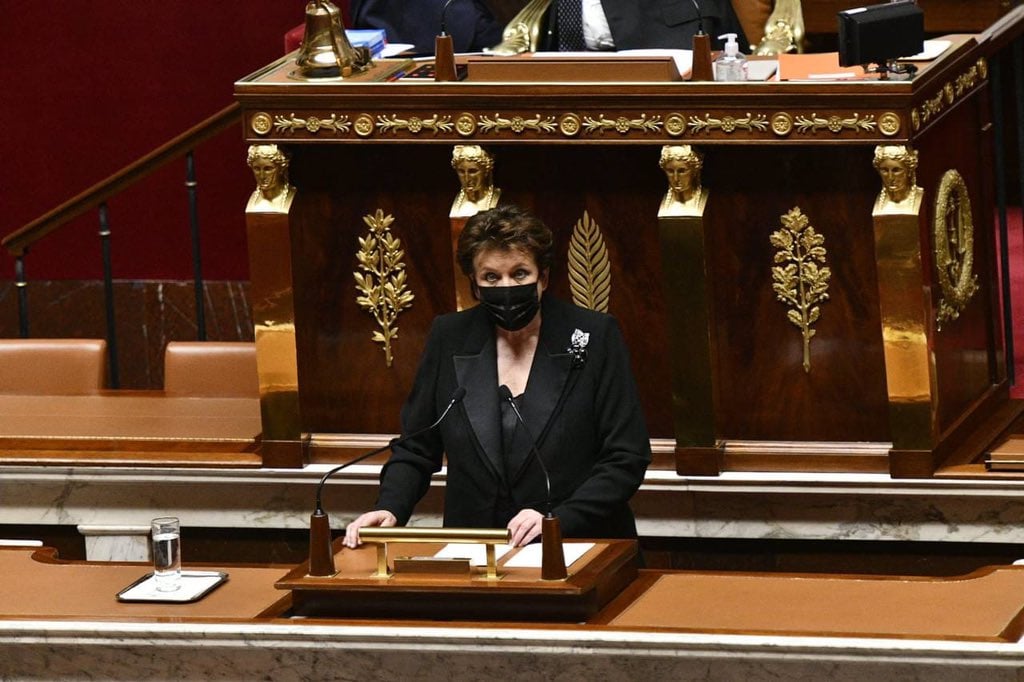
The National Assembly of France has voted to return a group of artworks from the country’s public collections that were determined to have been despoiled by the Nazis. The paintings, sculptures, and drawings by the likes of Gustav Klimt and Marc Chagall had been on view at some of France’s biggest museums, including the Louvre and the Musée d’Orsay.
The decision is part of a broader effort on the part of the French government in recent years to identify works in its collections that were looted from Jewish families during World War II.
“It’s a bill that we can describe as historic,” France’s Minister of Culture Roselyne Bachelot said to lawmakers ahead of the National Assembly session this week.
Gustav Klimt, Rosebushes Under the Trees (1905). Courtesy the French Ministry of Culture.
In a vote on January 25, members of the lower house of the French Parliament unanimously agreed to adopt a bill committing to return 15 works of art to the descendants of the Jewish families who owned them before World War II. Now, the bill will head to the upper house, where senators are expected to adopt it on February 15.
This marks the first time since the postwar period that the French government has passed a law directing the restitution of WWII-era works to Jewish families, according to Bachelot. She said the country’s ongoing possession of the artworks amounted to “the negation of the humanity [of the Jewish families], of their memory, of their recollections,” according to the AFP .
Among the artworks mentioned in the bill are Gustav Klimt’s Rosebushes Under the Trees , which is the only painting by the Austrian artist in the French national collections and is housed at the Musée d’Orsay; and Marc Chagall’s The Father, currently stored at the Center Pompidou.
Acquired by the state in 1980, the Klimt piece belonged to Eléonore Stiasny, an Austrian Jewish collector who was forced to sell it in 1938 during Germany’s annexation of Austria. He was later murdered by the Nazis. (The Musée d’Orsay announced its intention to return the piece last March.)
The Chagall painting was owned by Polish Jewish luthier and musician David Cender, who was forced to leave his home and possessions upon the German’s invasion of Lodz in 1940. Cender was sent to Auschwitz where he ultimately survived, and settled in France thereafter. His wife and daughter were killed in the concentration camp.
The additional artworks to be restituted include a painting by Maurice Utrillo, which lives at the Utrillo-Valadon Museum, as well as 11 drawings and a wax sculpture held across the collections of the Orsay, the Louvre, and the Compiègne Castle Museum.